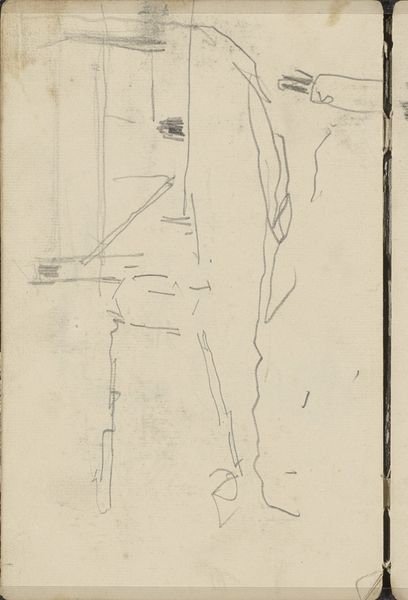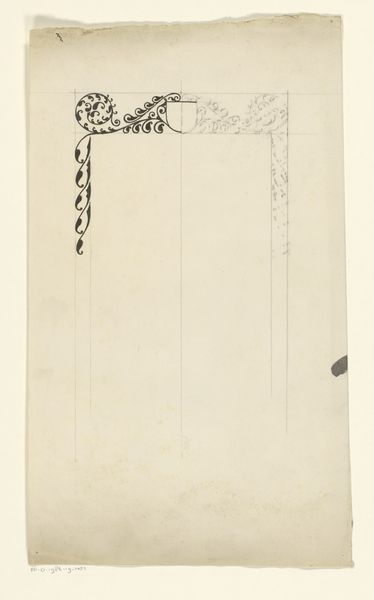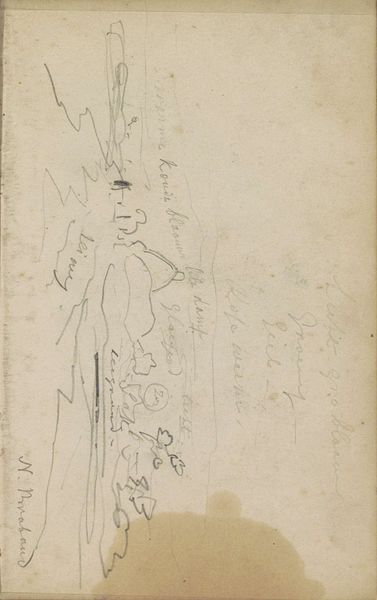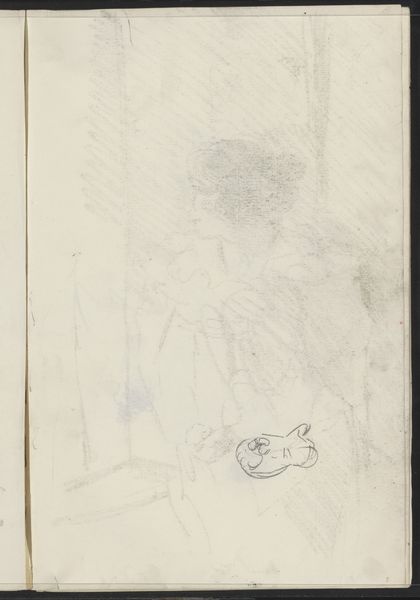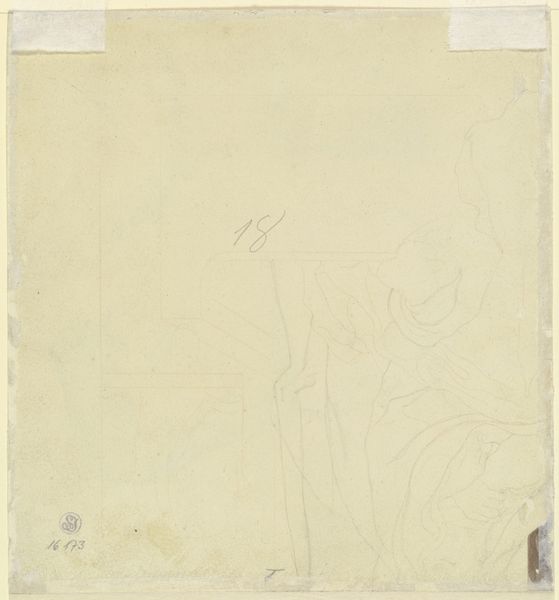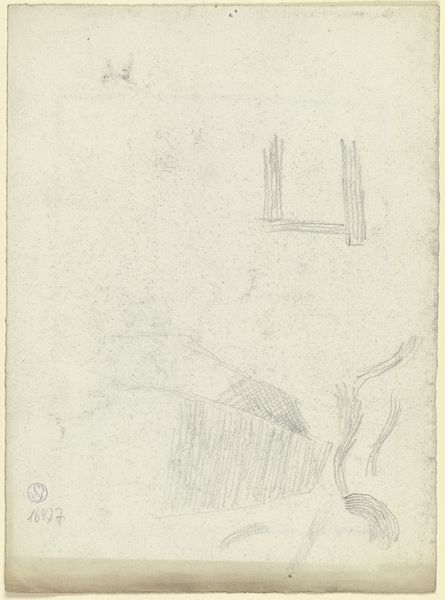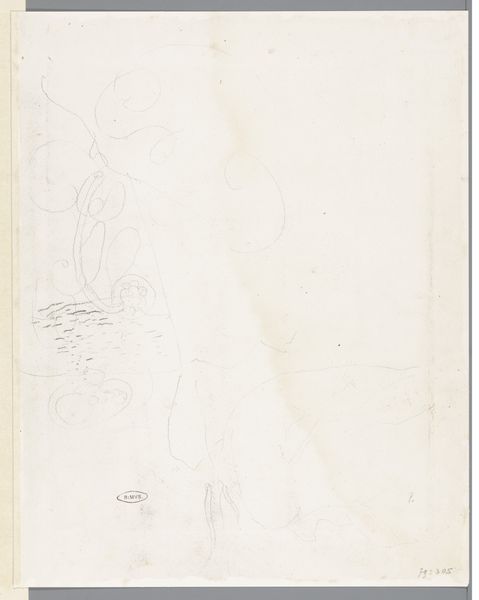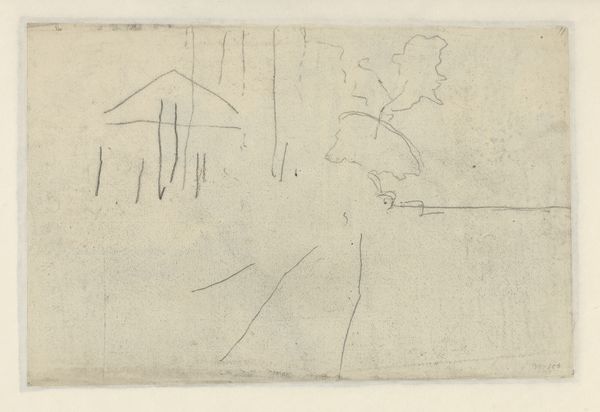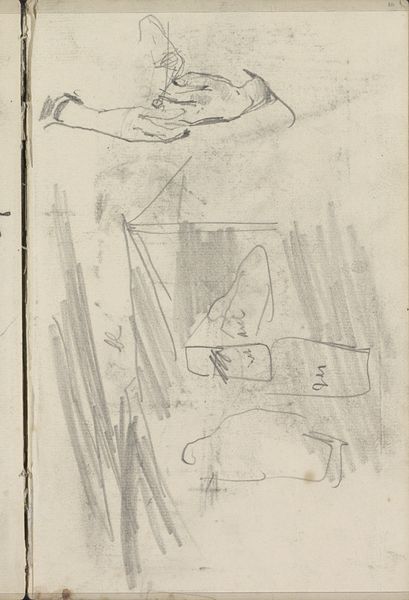
Kniender vor einem bärtigen Mann mit schwerer Kette um den Hals, links eine geböschte Mauerecke 1807
0:00
0:00
drawing, ink, pencil
#
portrait
#
drawing
#
figuration
#
ink
#
romanticism
#
pencil
#
history-painting
Copyright: Public Domain
Curator: Franz Pforr created this pencil and ink drawing in 1807. Its lengthy title translates to "Kneeling Before a Bearded Man with a Heavy Chain Around His Neck, with a Corner of a Sloping Wall to the Left.” Editor: The rawness of the sketch really gets to me. There’s such a sense of subjugation conveyed, not just in the figure kneeling but also in the imposing presence of the wall and chain. What is it telling us about power? Curator: I agree, that chain carries immense weight. Chains often symbolized oppression, bondage, a loss of personal liberty—but think about how artists have depicted chains positively, as representing unity. So, what is the narrative Pforr implies, by contrasting these two men? It evokes concepts of power dynamics between social classes, the chains, the kneeling. It reminds me of a political cartoon from the era. Editor: The bearded man is very evocative, looking stern and even regal. Do you think the artist intended to represent specific people, or types? I wonder, because the details in the beared man's apparel are also evocative - his is dressed in nice clothes, unlike the poor subject kneeling down, suggesting clear visual cues of disparity in status and privilege. The heavy chain around the neck suggests more than slavery--what if this is more metaphorical? Curator: Absolutely, these figures are rich in symbolism. Pforr was associated with the Nazarenes, a group of artists interested in religious and historical subjects, and here the chains could represent both social constraint and divine judgement. His use of historical costuming isn't merely aesthetic but emphasizes certain values, and locates these individuals within recognizable power structures. It makes me consider the artwork in relationship with the politics and philosophy from the 19th century Editor: Given Pforr’s focus on historical themes and allegories, it strikes me how potent these seemingly simple figures can be, like emblems. The bearded man's presence carries this psychological and social weight—a potent symbol, making it feel incredibly timely. Curator: Indeed. Pforr presents us with an ongoing conflict, a struggle still pertinent today, about social status, political subjugation and personal freedoms. Editor: It’s amazing to witness the enduring capacity for symbols and figures to reflect our experiences and the need for reform.
Comments
No comments
Be the first to comment and join the conversation on the ultimate creative platform.
